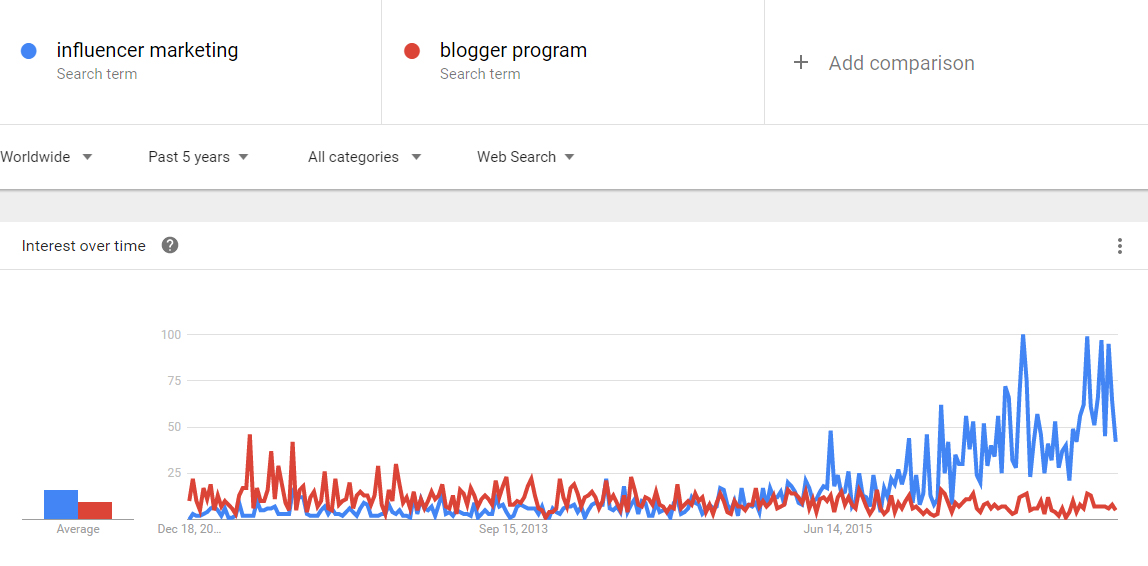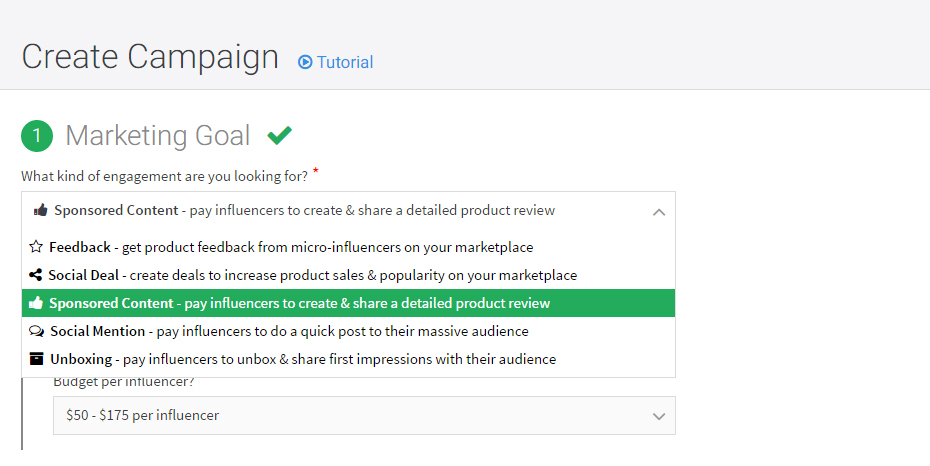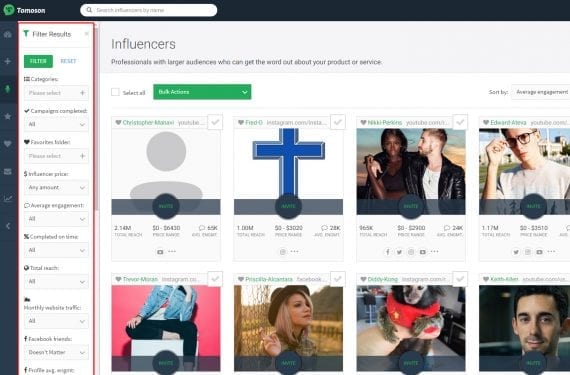Influencer marketing is the practice of using highly-connected individuals and opinion leaders to help grow awareness and revenue. The state of influencer marketing is vast, with a wide range in quality and cost.
So where should interested companies begin?
First, rewind to a few years ago. As businesses began to build their presence on social media, customers and prospects would often generate promotional content in exchange for free products.
However, since then influencer marketing has changed — thanks, mainly, to the U.S. Federal Trade Commission’s endorsement guidelines — with regards to working with digital influencers and how these influencers should disclose the relationship to their audience.
Influencer marketing can be expensive. But there are options for every budget. The key is to focus on your objective.
In this article, I’ll offer three ways to implement influencer marketing in 2017.
Build a Blogger Program
A blogger program is where a company engages with selected bloggers to promote the company’s products. Typically a company will provide samples of its products or services to the blogger, who will review them and then keep the products or receive a payment.
Blogger programs were — and still are for many businesses — a helpful first step in working with influencers. Search “blogger program” in Google and you’ll end up with over 58 million results. But compared to “influencer marketing,” “blogger program” searches have been somewhat stagnant, especially in the last 18 months.

In the last 18 months, “influencer marketing” has been searched for a lot more than “blogger program.”
The reason is likely due to social platforms, such as YouTube, Instagram, and Snapchat. Digital influencers don’t necessarily need a blog to generate buzz-worthy content. However, for brands and retailers — especially ecommerce retailers — blogger programs are a favored medium to better understand which content drove the most visits and sales.
As an example, Boon, a retailer of parenting and childcare items, placed a simple form on its website to gather information about bloggers interested in spreading the word about Boon’s products. A Boon team member likely vets the blogger and her content to determine if it falls within Boon’s guidelines.
Although there is no mention of payment on the page, to be F.T.C. compliant Boon would need to ensure that the blogger discloses he received free inventory or payment in exchange for mentioning Boons products or writing a review about them.
Blogger programs can be managed in-house and can make use of samples or extra inventory that would otherwise not be used or sold. However, for some companies, especially those with small marketing teams, blogging programs can be difficult to scale.
Use Influencer Platforms
Influencer marketing programs address scalability. Although the benefits vary among platforms, a database of quality influencers to work with is a key component.
For example, say you are an online retailer interested in gaining product reviews. A platform such as Tomoson allows you to create an influencer marketing campaign specific to your goal of gaining sponsored product reviews. Each campaign consists of the details you provide to the influencers on which product to review, as well as information to include in their review, such as links to landing pages.
Payment for the reviews it at the retailer’s discretion. However, Tomoson provides assistance on pricing practices to help attract influencers. Shipping the product to be reviewed can also be handled within the Tomoson platform.
You can sort and refine — by price, reach, website traffic, and additional criteria — through the Tomoson database of influencers and invite them to be part of your campaign.
A benefit of influencer platforms is the ability to run campaigns as needed without being locked into a contract. In addition, your organization has control over the campaign details, payment, and communication with each influencer.
Other platforms offering direct access to influencers for hire include:
For help in comparing influencer-marketing platforms, try G2 Crowd’s Buying Assistant.
Tap Your Customers
Due to the demand for “mega influencers” and their cost — which can quickly soar into the tens of thousands — the topic of “micro influencers” has become more appealing to organizations looking for a more authentic representation. Micro-influencers are users who already know your brand — i.e., your customers.
A simple addition to a “my account” profile page can ask for your user’s blog URL and social media handles. This information can help determine which customers could be brand ambassadors.
Lululemon, the athletic apparel company, is an example of a successful brand ambassador program. More recently, shoe retailer Lems has applied a similar approach as it seeks the help of its most passionate customers to help promote its products in 2017.

Lems is seeking its most passionate customers as brand ambassadors in 2017.
It doesn’t take a lot to get started with micro influencers. However, a solution like MAVRCK can help. The software starts by using your email list, loyalty program, mobile app, or ecommerce website to identify and activate your most influential customers, based on your criteria.
Once activated, you can create unique offers for different segments of micro influencers. These offers can include products to review, surveys to participate in, and contests to enter — all in exchange for the micro influencer sharing branded content. This content is then tagged and measured to determine the results of each participant.







